VW Golf Variant vs Dacia Bigster – Performance, range & efficiency compared
Both models have their strengths – but which one suits you more?
Compare performance, efficiency, price and space directly: VW Golf Variant or Dacia Bigster?
Costs and Efficiency:
When it comes to price and running costs, the biggest differences usually appear. This is often where you see which car fits your budget better in the long run.
Dacia Bigster has a evident advantage in terms of price – it starts at 20600 £, while the VW Golf Variant costs 26100 £. That’s a price difference of around 5576 £.
Fuel consumption also shows a difference: VW Golf Variant manages with 4.30 L and is therefore barely noticeable more efficient than the Dacia Bigster with 4.70 L. The difference is about 0.40 L per 100 km.
Engine and Performance:
Power, torque and acceleration say a lot about how a car feels on the road. This is where you see which model delivers more driving dynamics.
When it comes to engine power, the VW Golf Variant has a clearly edge – offering 333 HP compared to 155 HP. That’s roughly 178 HP more horsepower.
In acceleration from 0 to 100 km/h, the VW Golf Variant is significantly quicker – completing the sprint in 4.80 s, while the Dacia Bigster takes 9.70 s. That’s about 4.90 s faster.
In terms of top speed, the VW Golf Variant performs distinct better – reaching 250 km/h, while the Dacia Bigster tops out at 180 km/h. The difference is around 70 km/h.
There’s also a difference in torque: VW Golf Variant pulls significantly stronger with 420 Nm compared to 230 Nm. That’s about 190 Nm difference.
Space and Everyday Use:
Cabin size, boot volume and payload all play a role in everyday practicality. Here, comfort and flexibility make the difference.
Both vehicles offer seating for 5 people.
In curb weight, VW Golf Variant is barely noticeable lighter – 1366 kg compared to 1425 kg. The difference is around 59 kg.
In terms of boot space, the Dacia Bigster offers slight more room – 667 L compared to 611 L. That’s a difference of about 56 L.
In maximum load capacity, the Dacia Bigster performs to a small extent better – up to 1937 L, which is about 295 L more than the VW Golf Variant.
When it comes to payload, VW Golf Variant slightly takes the win – 547 kg compared to 467 kg. That’s a difference of about 80 kg.
Who comes out on top?
Overall, the VW Golf Variant shows itself to be is largely superior and secures the title of DriveDuel Champion.
It convinces with the more balanced overall package and proves to be the more versatile choice for everyday use.
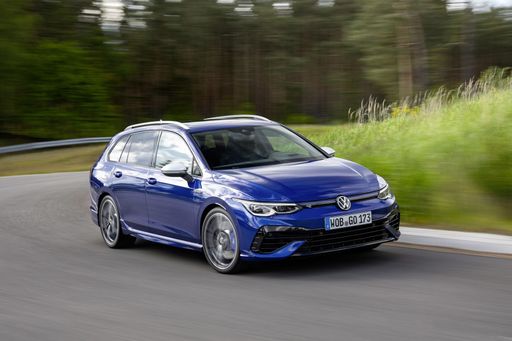 @ Volkswagen AG / VW Media
@ Volkswagen AG / VW Media
VW Golf Variant
VW Golf Variant
The Golf Estate packs Volkswagen's familiar poise into a practical, grown-up estate that quietly makes everyday life easier without shouting for attention. It's clever, comfortable and roomy enough for weekend kit or family chaos, offering smart packaging and refined manners that make it a sensible and surprisingly stylish choice for buyers who need space but don't want a van.
details @ Volkswagen AG / VW Media
@ Volkswagen AG / VW Media
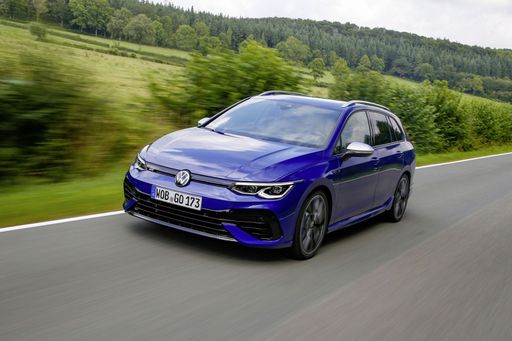 @ Volkswagen AG / VW Media
@ Volkswagen AG / VW Media
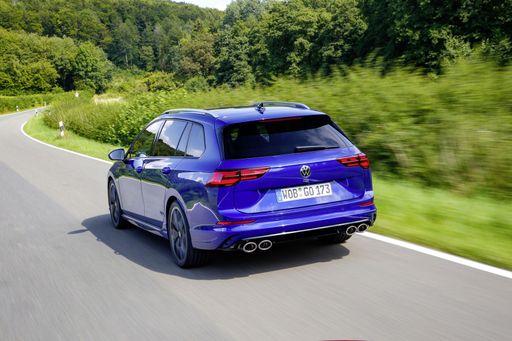 @ Volkswagen AG / VW Media
@ Volkswagen AG / VW Media
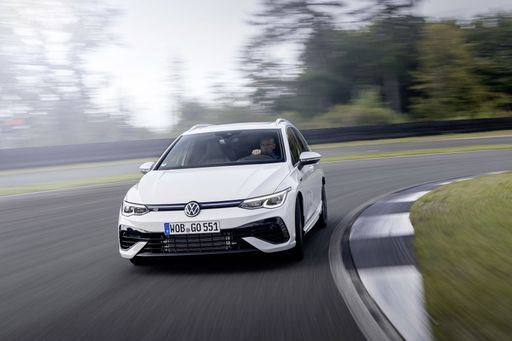 @ Volkswagen AG / VW Media
@ Volkswagen AG / VW Media
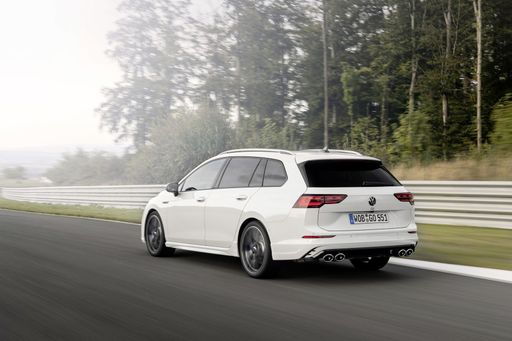 @ Volkswagen AG / VW Media
@ Volkswagen AG / VW Media
 @ Volkswagen AG / VW Media
@ Volkswagen AG / VW Media
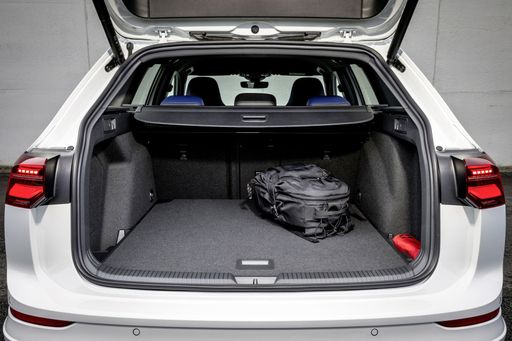 @ Volkswagen AG / VW Media
@ Volkswagen AG / VW Media
Dacia Bigster
The Bigster is poised to redefine the SUV segment with its bold design and spacious interior, catering to the needs of both families and adventure seekers alike. Emphasizing sustainability and practicality, this model reflects a modern approach to automotive engineering, making it a compelling choice for environmentally conscious drivers. With its striking presence on the road, the Bigster not only captures attention but also embodies a new era of versatile mobility.
details @ Dacia / Renault Group Media
@ Dacia / Renault Group Media
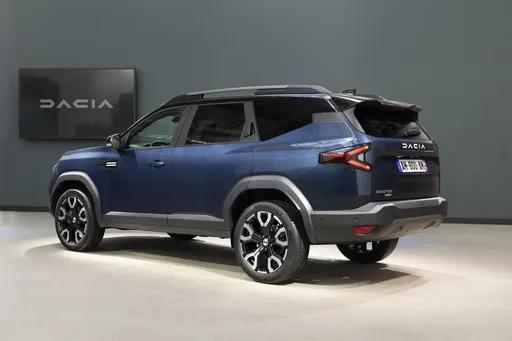 @ Dacia / Renault Group Media
@ Dacia / Renault Group Media
 @ Dacia / Renault Group Media
@ Dacia / Renault Group Media
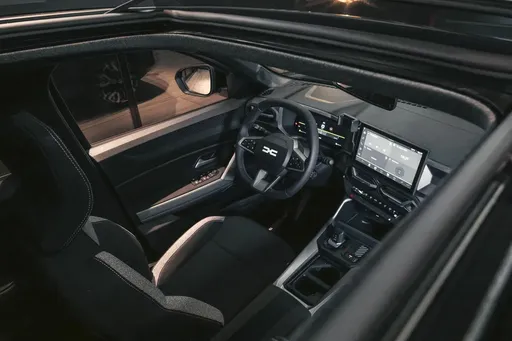 @ Dacia / Renault Group Media
@ Dacia / Renault Group Media
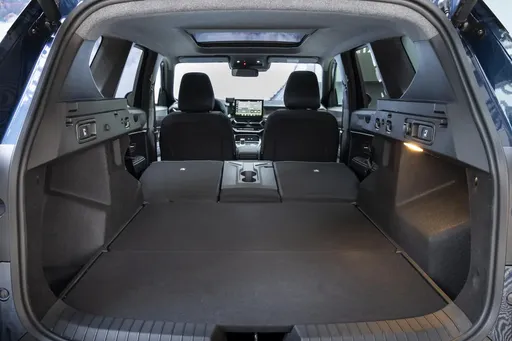 @ Dacia / Renault Group Media
@ Dacia / Renault Group Media
 @ Volkswagen AG / VW Media
@ Volkswagen AG / VW Media
|
 @ Dacia / Renault Group Media
@ Dacia / Renault Group Media
|
|
|
|
Costs and Consumption |
|
|---|---|
|
Price
26100 - 48700 £
|
Price
20600 - 26600 £
|
|
Consumption L/100km
4.3 - 8.2 L
|
Consumption L/100km
4.7 - 7.1 L
|
|
Consumption kWh/100km
-
|
Consumption kWh/100km
-
|
|
Electric Range
-
|
Electric Range
-
|
|
Battery Capacity
-
|
Battery Capacity
-
|
|
co2
114 - 185 g/km
|
co2
106 - 137 g/km
|
|
Fuel tank capacity
45 - 55 L
|
Fuel tank capacity
50 - 55 L
|
Dimensions and Body |
|
|---|---|
|
Body Type
Estate
|
Body Type
SUV
|
|
Seats
5
|
Seats
5
|
|
Doors
5
|
Doors
5
|
|
Curb weight
1366 - 1621 kg
|
Curb weight
1425 - 1547 kg
|
|
Trunk capacity
611 L
|
Trunk capacity
510 - 667 L
|
|
Length
4631 - 4651 mm
|
Length
4570 mm
|
|
Width
1789 mm
|
Width
1813 mm
|
|
Height
1462 - 1487 mm
|
Height
1705 mm
|
|
Max trunk capacity
1624 - 1642 L
|
Max trunk capacity
1813 - 1937 L
|
|
Payload
489 - 547 kg
|
Payload
383 - 467 kg
|
Engine and Performance |
|
|---|---|
|
Engine Type
Petrol MHEV, Petrol, Diesel
|
Engine Type
Petrol MHEV, Full Hybrid, LPG
|
|
Transmission
Automatic, Manuel
|
Transmission
Manuel, Automatic
|
|
Transmission Detail
Dual-Clutch Automatic, Manual Gearbox
|
Transmission Detail
Manual Gearbox, Automated Manual
|
|
Drive Type
Front-Wheel Drive, All-Wheel Drive
|
Drive Type
All-Wheel Drive, Front-Wheel Drive
|
|
Power HP
116 - 333 HP
|
Power HP
130 - 155 HP
|
|
Acceleration 0-100km/h
4.8 - 10.5 s
|
Acceleration 0-100km/h
9.7 - 11.2 s
|
|
Max Speed
202 - 250 km/h
|
Max Speed
180 km/h
|
|
Torque
220 - 420 Nm
|
Torque
230 Nm
|
|
Number of Cylinders
4
|
Number of Cylinders
3 - 4
|
|
Power kW
85 - 245 kW
|
Power kW
96 - 115 kW
|
|
Engine capacity
1498 - 1984 cm3
|
Engine capacity
1199 - 1799 cm3
|
General |
|
|---|---|
|
Model Year
2024 - 2025
|
Model Year
2025
|
|
CO2 Efficiency Class
D, G, F, C
|
CO2 Efficiency Class
E, D, C
|
|
Brand
VW
|
Brand
Dacia
|
Is the VW Golf Variant offered with different drivetrains?
The VW Golf Variant is offered with Front-Wheel Drive or All-Wheel Drive.
The prices and data displayed are estimates based on German list prices and may vary by country. This information is not legally binding.
